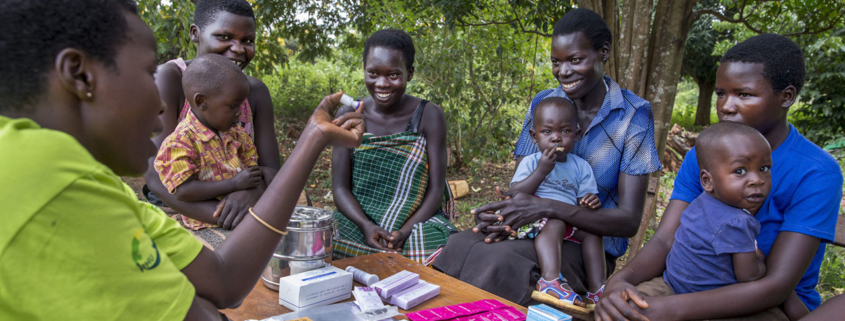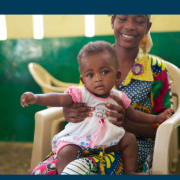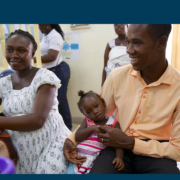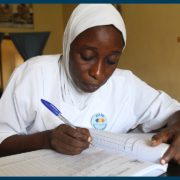When choices don’t match preferences: Better family planning through behavioral design
Written by: Elizabeth McElwee, Senior Associate, and Emily Zimmerman, ideas42 Managing Director, Breakthrough ACTION
Thanks to global efforts, family planning and reproductive health (FP/RH) services have made great strides. However, many people still do not use these services even when they currently want to avoid or delay pregnancy. Behavioral economics brings a unique perspective to the choices people make around having children and using FP. This field has generated new insight to help explain why women, their partners, and their families sometimes make choices that are not aligned with their own preferences. It sheds light on the reasons why even a strong intention to use FP services does not always translate into taking up a method or using it correctly and consistently. The behavioral economics approach also offers insight into the challenges health workers face in offering high-quality FP/RH services, even if they have the training and resources to do so.
Drawing on insights from behavioral economics and other disciplines, behavioral design offers a powerful tool for program designers that supports women and their families in achieving their reproductive goals. Behaviorally informed programs account for and reshape the environments in which people live and make decisions to positively influence behavior. For example:
- Gamifying counseling on FP methods provides engagement that encourages women to actively choose the method that is best for them.
- Benchmarking performance in clinics against other clinics encourages consistent counseling on long-acting methods for post-abortion clients.
- Using an interactive game helps men see the benefits of child spacing and boosts their confidence to have open conversations about FP with their partners.
- Instituting a behaviorally-optimized referral system that integrates FP with childhood immunizations to increase postpartum uptake of contraceptive methods.
In FP/RH, it is critical to support people in making the choice that is best for them and behavioral design offers a growing body of evidence for how to do just that.
To learn more about using behavioral economics and behavioral design in FP/RH, visit the new Trending Topics page.

 Jonathan Torgovnik/Getty Images/Images of Empowerment
Jonathan Torgovnik/Getty Images/Images of Empowerment Cambey Mikush/Photoshare
Cambey Mikush/Photoshare Sara Holbak/VectorWorks/Photoshare
Sara Holbak/VectorWorks/Photoshare Sarah Hoibak/VectorWorks/Photoshare
Sarah Hoibak/VectorWorks/Photoshare Getty Images/Image of Empowerment
Getty Images/Image of Empowerment
 © 2012 CCP/NURHI 2, Courtesy of Photoshare
© 2012 CCP/NURHI 2, Courtesy of Photoshare